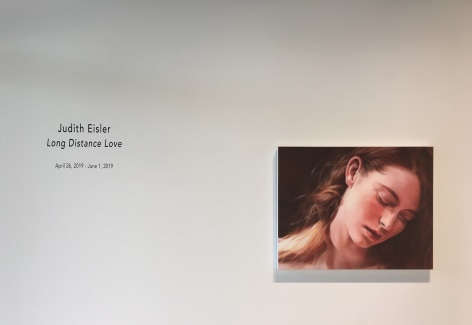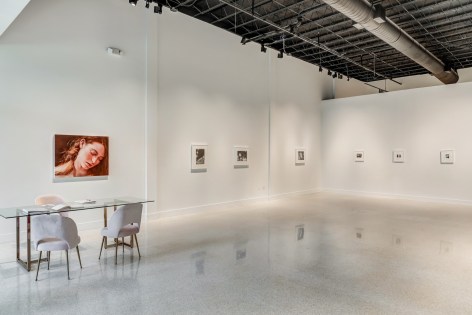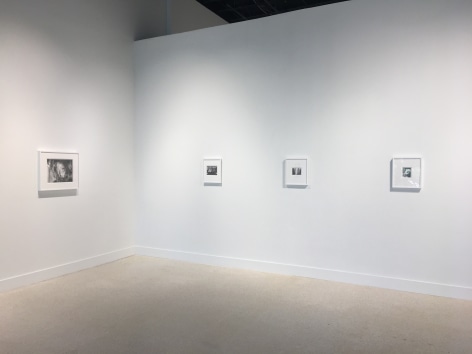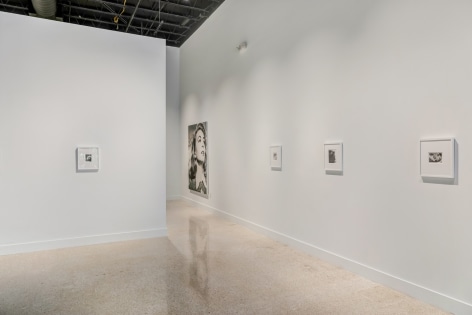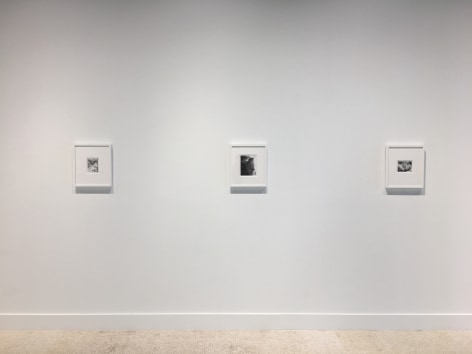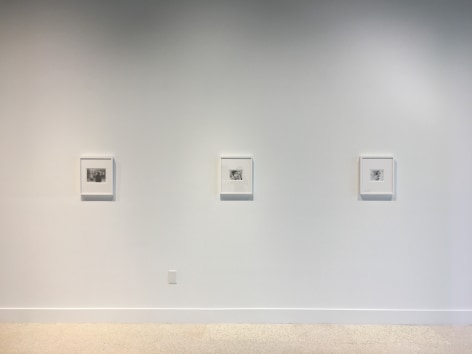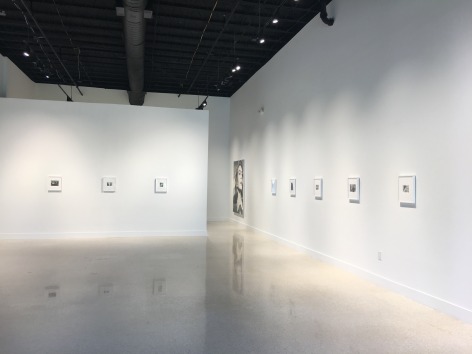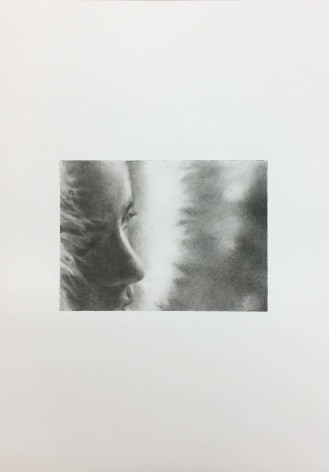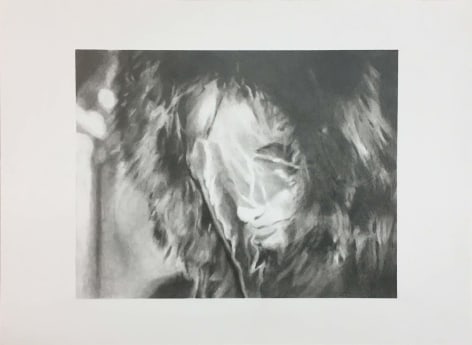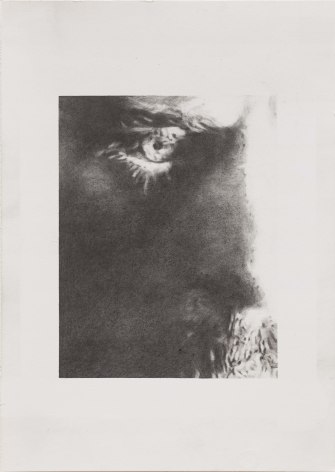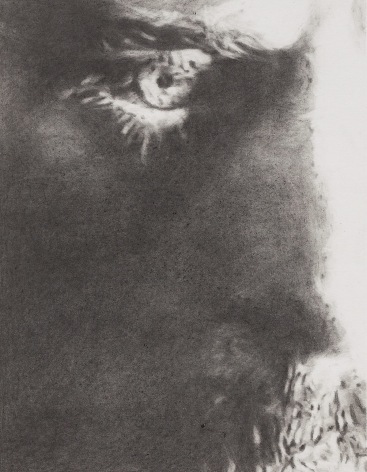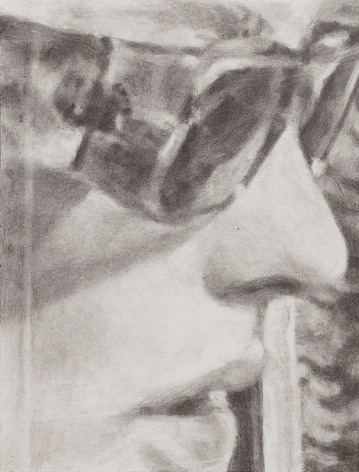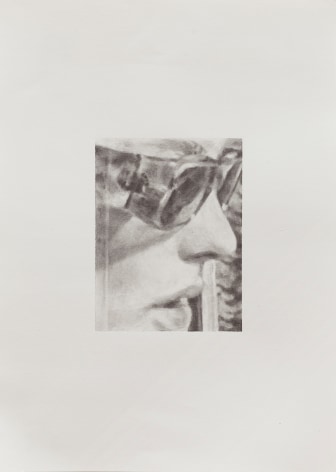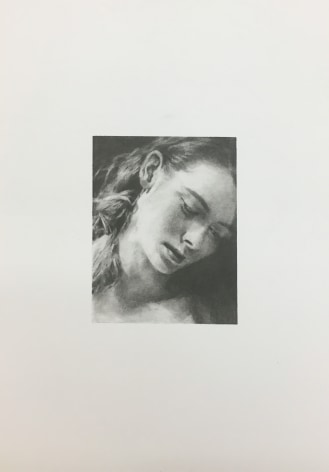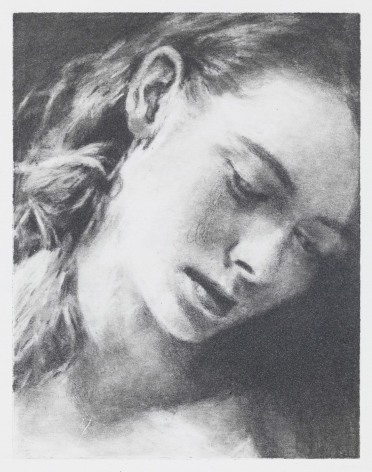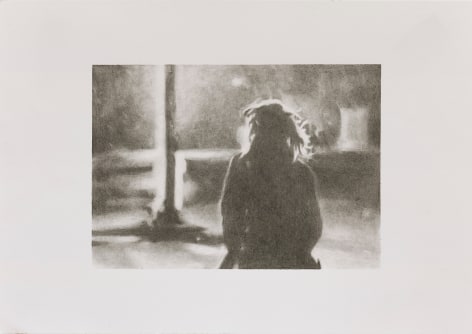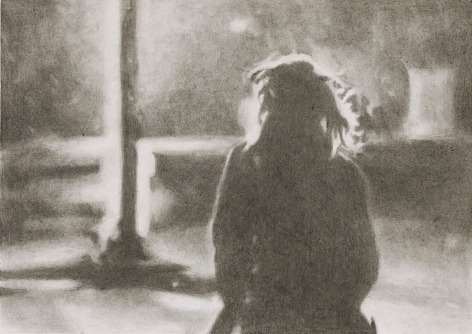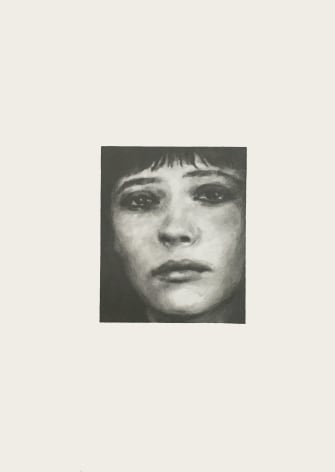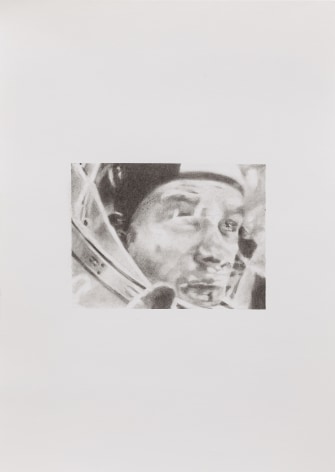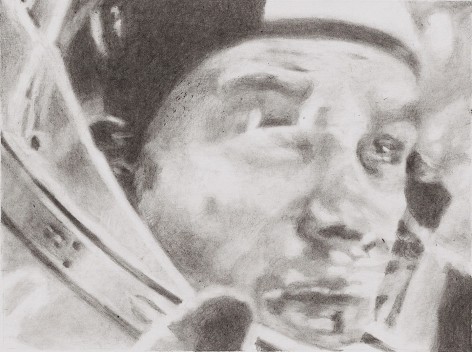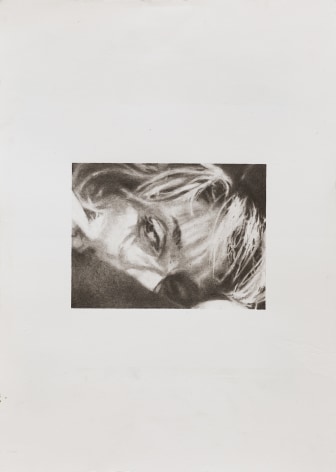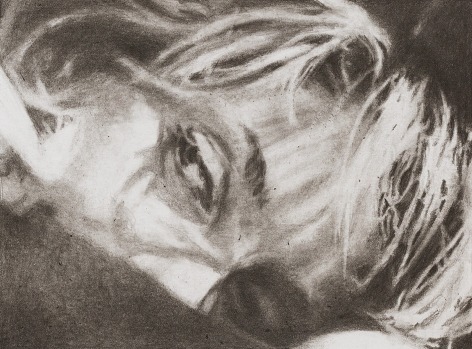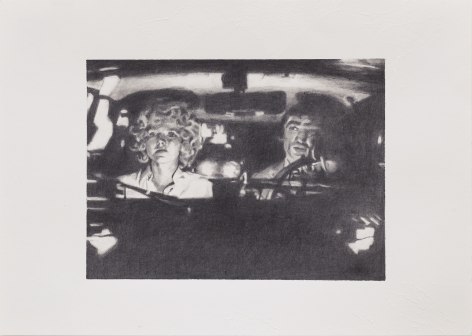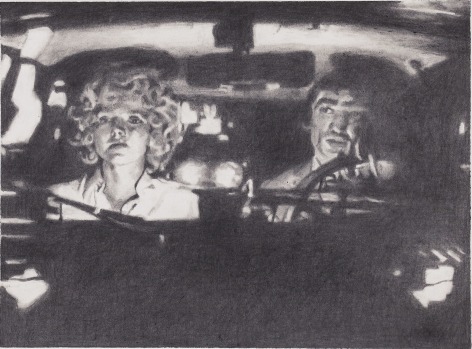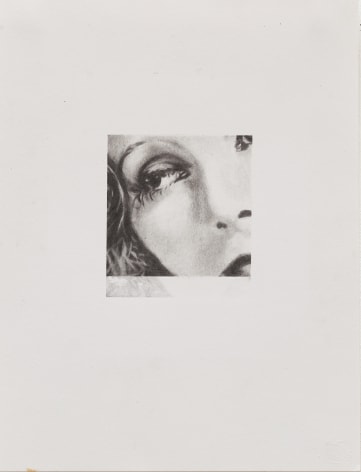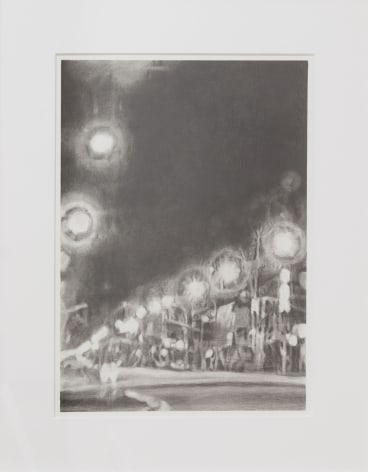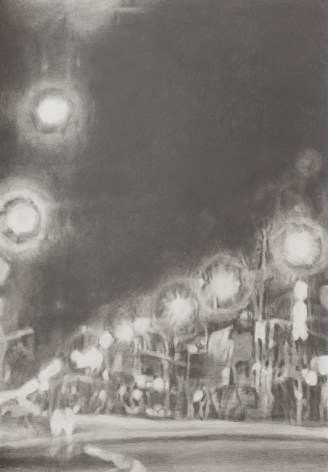Judith Eisler
Long Distance Love
April 26 – June 16, 2019
Opening Reception, April 26 | 5-7pm
GAVLAK Palm Beach is pleased to present a solo exhibition by New York and Vienna-based artist Judith Eisler. This is the artist’s third solo exhibition with the gallery. Long Distance Love will feature Eisler’s newest series of drawings from photographs that reflect her preoccupation with light, mediation, and psychological tension. Alongside several recent paintings, the exhibition continues within her style and practice of engaging cinematic imagery and the rupture of the pause. Her images are taken from a wide variety of films including Repulsion, Alphabet City, Romy: Anatomy of a Face, Caravaggio, Vivre Sa Vie, and The Martian. By stopping the films and interrupting their linear narratives, Eisler conjures a moment that vibrates between what has happened and what will happen.
Eisler’s process overtly appropriates the visual information of staged fiction as it appears on film, transforming the screen or monitor upon which the film is viewed into paper or canvas. Filmic light and shadow then become the structural underpinning for her drawing and painting. The representational signposts are usurped for a more liminal space of abstraction with cool technological distance. A new narrative develops within the frame of the still, one that surpasses the sum of its parts.
Using an HB pencil and an eraser, Eisler manipulates her material to reveal density and luminosity in the edited image. By reducing her palette to graphite tones, forms of light emerge from the paper, giving weight to the darkness. The subjects of her drawings, which include illuminated city streets, the turn of a gaze, lovers in a speeding car, fur hooded faces, and an astronaut are not only determined by bright sun or car headlights, but also by the artificial light that emanates from the transmission and causes the forms to emit a uniform glow.
In addition to describing the appearance of distance in her drawings, Eisler’s subjects often include devices such as windshields, reflective surfaces, and dark sunglasses that create barriers or roundabouts for the eye. By keeping us at a remote distance, the subjects reflect a state of longing or inspire a sense of longing. Long Distance Love suggests a psychological space where desire and longing exists, forever suspended in a Sisyphean loop.
Known for her depictions of cinematic close-ups sourced from her own photographs of paused film scenes, Judith Eisler’s paintings and drawings question whether light is a substance or a process. Drawing on the formal properties of light, color and space within a single film frame, the artist considers an image’s capacity to exist as both real and fictional. As each image undergoes multiple layers of mediation, Eisler's renderings shift between representational and abstract. In working from these stills, the artist is rendering and reanimating the material as it is dematerialized. Despite the abstractions caused by the technological interference in this process, a structure is formed: the sum of the parts creates a whole that is simultaneously present and falling into fragmentation.
Judith Eisler was born in Newark, New Jersey and currently divides her time between Vienna, Austria and New York City. She has been Professor of Painting at University of Applied Arts, Vienna since 2009, taught at the School of Visual Arts in New York in 2007, and was Visiting Critic at the Yale University School of Art in New Haven in 2006. Eisler’s work has been included in notable solo and group exhibitions, most recently the group exhibition I Love John Giorno (curated by Ugo Rondinone) at the Palais de Tokyo in Paris, France. Her work was also included in: Hope and Hazard: A Comedy of Eros (curated by Eric Fischl), Hall Art Foundation, Reading, VT; Vanishing Point: Paint and Paintings from the Collection of Debra and Dennis Scholl, Bass Museum of Art, Miami; Abstract America, The Saatchi Gallery, London; Painting of Modern Life, Hayward Gallery in London; and Castello di Rivoli, Turin, among others.
For all press inquiries, please contact press@gavlakgallery.com. For more information concerning the exhibition, please contact John J. McGurk at john@gavlakgallery.com, or (561) 833-0583.

